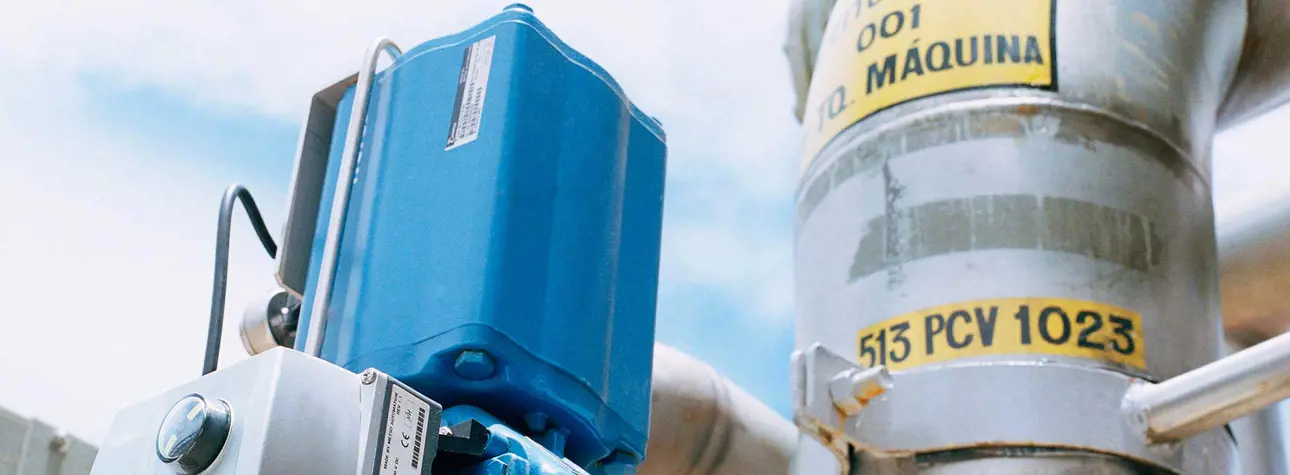ValveTriage Service manages instrumentation and control valve performance by process data analysis
Control valves and measurement instruments are critical pieces of equipment in industrial processes. Problems in these make the rest of the process suffer. Right targeted maintenance actions are crucial in maintaining adequate process performance.


Known condition of control valves and instruments can be utilized in maintenance planning to focus actions to the devices most needing attention. Traditional ways to diagnose control valves and instrumentation have either been by analyzing the digital valve controller’s and instrument’s device information or by testing and analyzing with portable testing tools. Valmet Flow Control business line (former Neles) introduced ValveTriage Service, a new way to evaluate the device condition and performance utilizing process information. This is especially tempting for plants not having modern digitalized device technology with associated systems or possibilities and resources for the portable testing.
Control systems are gathering real-time data from all corners of the plant. The data can be stored and used to analyze condition and performance of field devices. With ValveTriage Service the process data can be turned into meaningful diagnostic information. The service system runs 24/7, gathering data from the control system via OPC interface. It calculates several diagnostic measures bringing up the devices needing attention. Typical diagnostic measures for control valves are excessive valve travel, oscillation due to valve stiction or hysteresis and valve sizing issues. Respectively, data losses, instrument at limits, noise levels, spiking and flat-lining are followed in case of measurement instruments.
Real-time metrics and diagnostics


Text: Jarkko Räty
Photos: Vilhelm Sjöström
Previously published in Results flow control 1/2015 and Valve World magazine, June 2015 issue, as sidebar of the article 'Welcome to uptime'.
Text originally published in 2015, and slightly updated in April 2022, due to the company name change to Valmet.

Subscribe to our newsletter
Subscribe now to flow control newsletter and receive the latest insights directly to your email.
SubscribeRead more about control performance services


